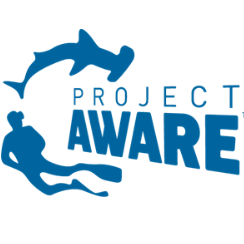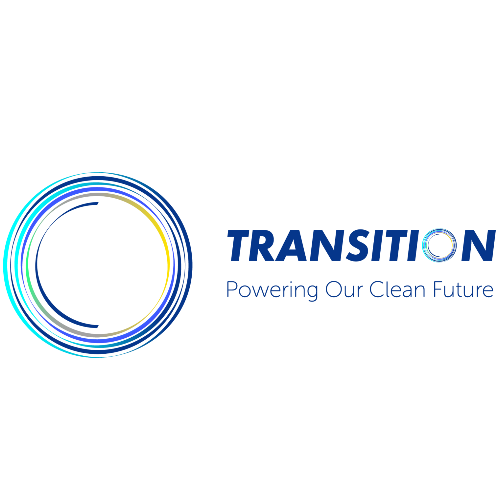In movies, we theorize all the time about the world falling to mass destruction but what if this was our reality.
Climate change is very real and we have to start taking action.
What is climate change? Climate change has to do with greenhouse gas emissions. These gases form a layer and are concentrated at the top of the atmosphere. Greenhouse gases have always been present in the atmosphere and have a very important regulatory role for our planet. It retains the sun’s heat and keeps the earth’s temperature at about 15 degrees celsius. Without these gases, the temperature would be at about -18 degrees which is very cold.

Since the industrial revolution, human activity has increased immensely and so has the emission of greenhouse gases. Therefore this filter has become a denser layer which retains even more heat. That is what creates global warming. Scientists have predicted that the earth’s average temperature could rise by 5 degrees by 2100. 5 degrees may not seem like a lot but since the last ice age (10,000 years ago) up to today the temperature has increased by that same number. Global warming modifies the earth’s natural balances such as the planet’s temperature, rain and wind occurrences, water acidity, biodiversity and more. It is up to us to find solutions and to apply them on a global scale so we can prevent disasters from happening in the future. In Ireland, where I spent a semester studying at University College Dublin, climate change is a very heated topic of discussion where measures are being held into account. The EPA (environmental Protection agency) states that unfortunately Ireland contributes to climate change and global warming in many ways, with increasing emission of greenhouse gases every year. Data shows that agriculture, energy industries and transportation emit the most of GHG (greenhouse gases) and should be the main concerns for Ireland at the moment.
The facts are clear and show the urgency of the matter. A very interesting article from the Irish times recently discussed the impact of global warming on the frequent hurricanes in Ireland. This article was published the day after hurricane Lorenzo hit, showing that climate change is very real and is slowly starting to impact Ireland. I had the chance to interview Professor Sweeney who is currently a lecturer at Maynooth University (Ireland) in the department of Geography. He also teaches climatology, geomorphology and environmental resource management. Professor Sweeney has been watching and studying climate change for the past 40 years and still thinks it’s an area we should all be very concerned about: « Indeed since 1980, models and predictions are coming true ». I wondered how would climate change affect Ireland in the long term and wanted to get an accurate answer from an expert.
Professor Sweeney responded by saying that « changes in temperature are not going to be the main problem, the major issue will be the changes in rainfall ». He further explained that warmer oceans induce more water vapor therefore more rainfall is expected. Keep in mind that Ireland is a country surrounded by ocean. Climate change has different consequences depending on the country. The United States is the second largest co2 contributor and although Ireland is far from reaching the same level of GHG, they do share common ground. They both have an environmental protection agency (not associated with their government): discussing climate change and implementing solutions. It is important to underline that both agencies are very aware of the situation and are putting it forward for the public to indulge. How is the government acting on this issue? Many activists and Irish youth just recently started to call out the government and demand change. People are aware of the extent of this issue and are starting to act out. For the past few years the Irish government’s system has not been the most effective environmentally wise and is just now starting to make impactful decisions for the sake of Ireland, the world and humanity. Professor Sweeney supported this statement and said that « all European governments have been obliged to come up with climate and energy plans by the end of this year. They are all part of a policy framework called the Effort Sharing Regulation where each member is given a target to meet by 2020 then 2030. Ireland, however, is not at all meeting it’s targets by 2020 and face quite substantial fines at about 700 million euros. An elaborate plan is going to be acquired by 2030 so the governments mistake are not repeated ».
On the 20th of September 2019, protestations rose all over the world about climate change. In Ireland the public and youth were addressing the imminence of the Irish government’s involvement in this issue. The young generation is playing a more and more important role and it is up to us to make a change. Chloe a young girl protesting after school said: « We’re at a point where something radical needs to be done, and it needs to be done now. This isn’t a problem we as individuals can solve, not without the help of our governments. ». The Irish government is trying to take action: Minister for « climate action » Richard Bruton has dressed publicly the matter saying that « People’s lives must change if we are to achieve climate goals ».
What are the possible solutions to become more resilient to climate change? We all know it is important to limit GHG emissions by reducing fossil energies, developing renewable energies such as solar panels, wind turbines, etc… Avoid tropical deforestations, encourage habitat renovations and privilege public transport. The governments’ role is to develop these infrastructures to help us all apply them as best as possible. Discussing this point with Professor Sweeney enlightened me on the idea that there are two levels when addressing plausible solutions to climate change. There’s a personal level; people can reduce their own contribution to it by doing the things most of us do not do such as walking more often, flying less, recycling better and getting rid of plastic in our households. Then there is a more institutional level which involves protecting communities: ensuring coastal protection, measures that ensure cities are protected from increasing risks of floods, by changing crops we grow and changing our public transport system for example. These levels apply to everyone, not just to Ireland. We have to accept the fact that the challenge we’re facing is hard, but it is up to us to respect and take care of our planet. To put our priorities aside and show willingness, resilience, hope and courage. It is up to us, and only us, to make a change and to truly become superheroes.
References: Boland, C. (2019). Why the irish government need to take action on climate change. Retrieved from https://spunout.ie/opinion/article/evto-irish-government-action-climate-change Environmental protection agency.https://www.epa.ie John sweeney https://www.maynoothuniversity.ie/people/john-sweeney O'Sullivan Kevin. (2019). People’s lives must change if we are to achieve climate goals, says minister. Retrieved from https://www.irishtimes.com/news/environment/people-s-lives-mustchange- if-we-are-to-achieve-climate-goals-says-minister-1.4037898 O'Sullivan, K. (2019). Ocean warming may be behind remnants of hurricanes hitting ireland more often. Retrieved from https://www.irishtimes.com/news/environment/ocean-warming-may-bebehind- remnants-of-hurricanes-hitting-ireland-more-often-1.4038216 Sweeney, J. (2019). Interview U.S. environmental protection agency.https://www.epa.gov










